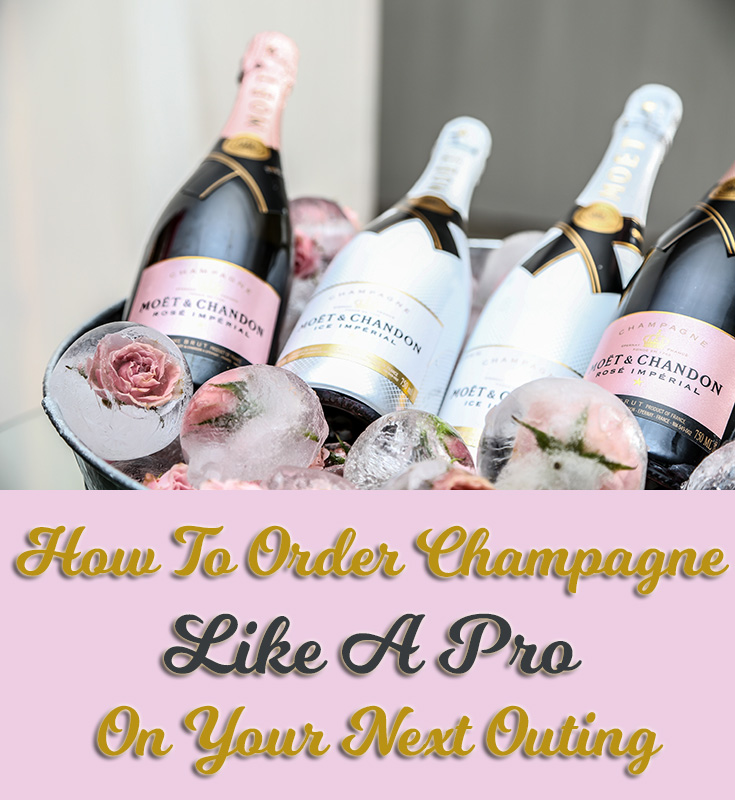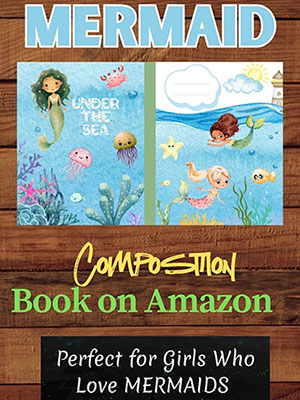Do you want to order Champagne on your next night out but not sure where to start? This guide can help you order the luxury drink with sophistication with all the knowledge you need!

P.S. If you want to experience champagne for yourself at home first, Liquorland’s range of champagne from the Champagne region is perfect for beginners and connoisseurs alike.
Explore Non-Vintage Champagnes
Non-Vintage Champagne is a traditional and classic choice for celebrating life’s big and small moments.
Non-Vintage Champagnes are produced from a blend of multiple grapes, not being limited to a singular vineyard harvest like their Vintage counterparts. The blend is for a minimum of 15 months and the tasting notes are praised for their familiarity, due to the consistency of production.
This provides a base of familiarity which can then be built upon, for example, with Grower Champagnes or even Vintage Champagnes. Experiment with different Non-Vintage Champagnes to know which you prefer, as each champagne house has a different taste and experience while drinking.
Non-Vintage Champagnes are great for traditionalists or first-time champagne drinkers alike, as they are a good launch pad for those unacquainted with the beverage. As a good introduction to champagne, Non-Vintage is a quality choice that is also safe – you are guaranteed to enjoy the bubbles.
Consider Lesser-Known Champagnes
Grower Champagnes
It is always exciting to try something new. Compared to well-known champagne houses producing popular Non-Vintage Champagne, Grower Champagnes can easily be forgotten about even though they are well worth remembering.
Grower Champagnes are produced by the farmers who also harvest the grapes. These grapes come from smaller harvests and the farmers know the ins and outs of their produce as they are thoughtfully made. The artisanal qualities and craftsmanship gone into Grower Champagne production is arguably unmatched, as the exclusive batches mirror quality too.
How To Spot A Grower Champagne
If it is a Grower Champagne, the bottle will have Recolant-Manipulant on the label. This literally translates to Grower Champagne.
Oftentimes, the farmers will not pay for advertising these wines. They come from smaller batches that have unique tasting notes for the land on which the grapes were grown, therefore those who wish to seek them out do so because there is not enough supply to meet the potential demand if it were to be advertised.
Research Vintage Champagnes
What Is The Difference?
Vintage Champagnes have distinct and unique tasting notes, each one varying from the next. Due to their unpredictability, their high price tag does not mean it will be suited to all tastes. Therefore, before splurging on the high price tag item, it is good to know what you’re buying.
If you are considering buying a bottle of vintage, ring the restaurant ahead of time and check they have a bottle as they can be difficult to come by. Especially if you want a specific vintage from a particular year, there could be a chance they no longer stock it as vintage champagnes have limited production – hence the expensive prices.
If they do have a bottle, ask them to put it aside for you to avoid disappointment, although the chances of it being sold before your reservation are small, as they are not as frequently consumed compared to Non-Vintage champagnes.
Ask Questions
If the restaurant or location you are at has a sommelier, you know they have good champagne to offer.
Sommeliers are there to help with all of your questions, don’t leave their knowledge underutilized. If you already know what type of vintage champagne you might be interested in, then that is a good foundation to have for when you converse with the sommelier.
Serve Correctly
Order A Bottle
When there is a table of six, a bottle of champagne can be shared equally for one glass per person. It is a great starter for the event or evening.
It is recommended that ordering by the glass should be avoided, not only because it is often more economical to order a bottle, but also because there is a chance it could come out flat.
Depending on the move-through rate for bottles of champagne it could have been opened earlier than the recommended 1-2 day consumption period.
If champagne spends too long in the fridge or is not consumed after 1-2 days of opening then it will not be as good as the optimum time for consumption would have passed.
When ordering by the glass, if it arrives flat you should ask the waiter to open a fresh bottle and serve from there.
Glass Half Full
It is recommended when serving to only fill the glass between half to three-quarters full.
Champagne is intended to be drunk slowly, keeping the bubbles fresh and light.
When it is served correctly, the temperature of the champagne remains constant without getting too warm at the bottom of the glass and ruining the bubbles.






Speak Your Mind